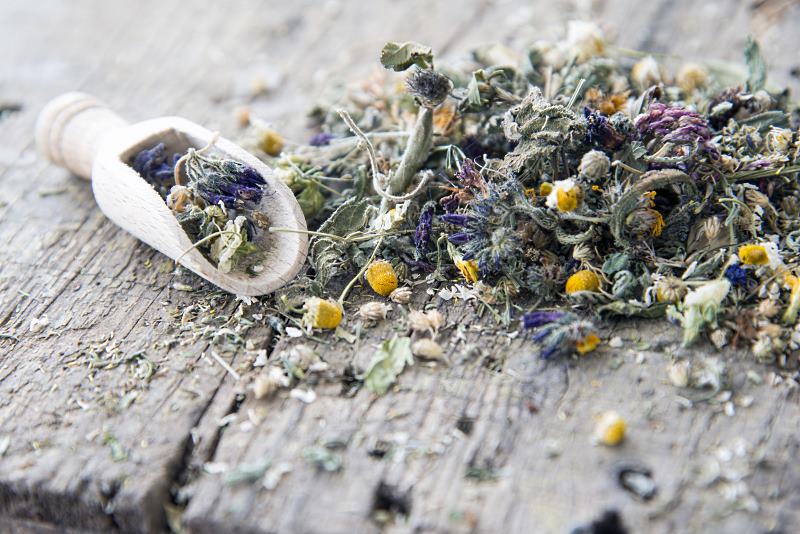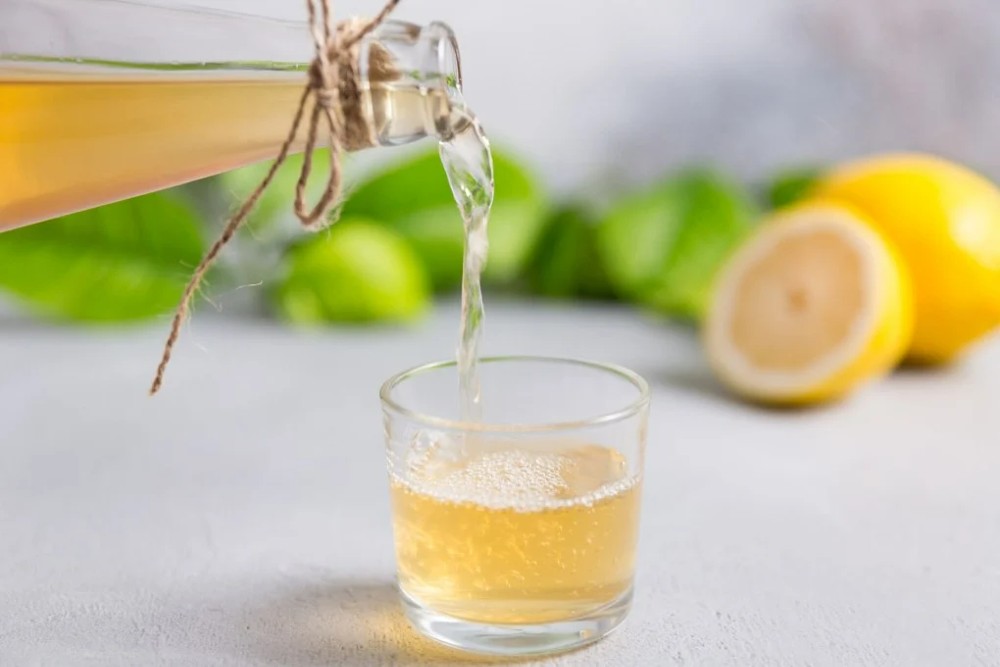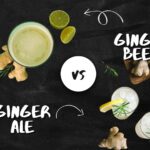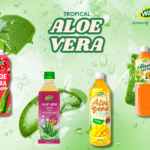Oolong kombucha has found its way into the high-end beverage market, drawing attention as a refined, health-conscious option. But if you visit popular cafés, bars, or restaurants, you’ll likely find it surprisingly absent from drink menus—especially when compared to classic tea-based drinks or the trendy milk oolong tea. So, is this a gap in the market… or the perfect opportunity to ignite the next “milk-tea craze”? Embracing oolong kombucha could set your café apart, positioning it at the cutting edge of healthy, creative beverages.
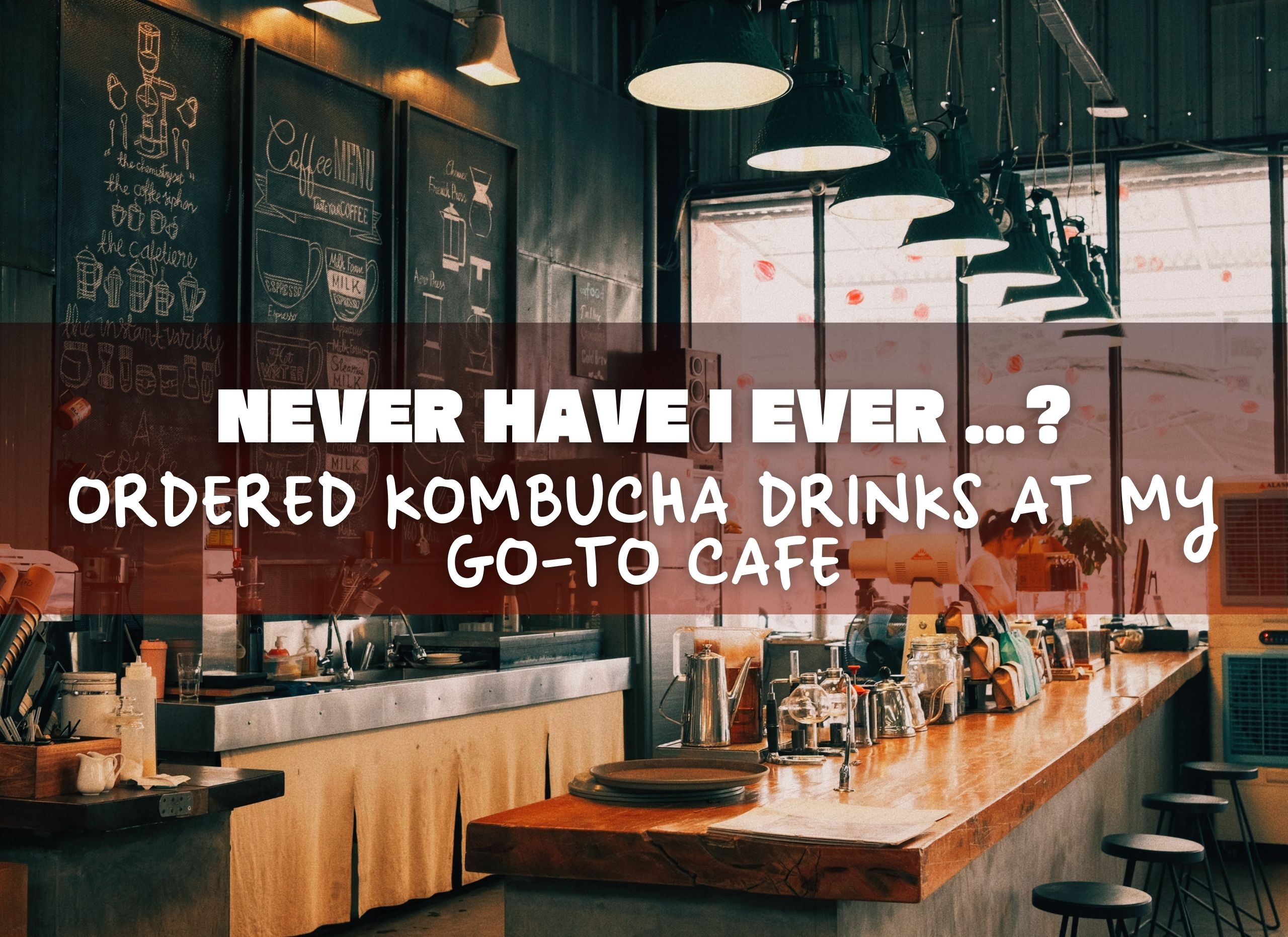
The Flavor Profile of Oolong Kombucha
Oolong tea strikes a balance between green and black tea, offering incredible flexibility for crafting unique flavors thanks to its adjustable taste and aroma. With its varying levels of oxidation, oolong becomes the perfect base for blending with different stages of kombucha fermentation, creating endless pairing possibilities. This versatility allows oolong kombucha to harmonize with an array of ingredients—from bright, refreshing fruits to delicate herbs and spices—making it a match even for milk oolong tea varieties. Plus, with its rounded mouthfeel and smooth finish, oolong kombucha works beautifully across a range of drink styles, from light refreshers to rich, latte-style beverages.
Essential Flavor Pairings for Oolong Kombucha
Finding the right pairings for oolong kombucha is all about enhancing its naturally layered taste. Here are some top pairings for a café-worthy drink:
1. Fruits
- Citrus: Lemon, orange, and even yuzu add brightness to oolong kombucha, making it feel refreshing and lively.
- Stone Fruits: Peaches and plums complement the subtle smokiness of oolong and create a mellow, well-rounded flavor.
- Tropical Fruits: Lychee and passion fruit bring a unique twist that highlights oolong’s floral qualities, perfect for a summer menu.
2. Herbs, Flowers and Botanicals
- Basil and Mint: Fresh and cooling, these herbs lighten oolong’s rich profile and work well in both iced and sparkling drinks.
- Lavender: Adds a floral lift that harmonizes with oolong’s soft, smoky notes, making it ideal for kombucha lattes.
- Rosemary: An unexpected pairing that enhances oolong’s earthier side and offers an aromatic experience in sparkling drinks.
3. Spices
- Ginger: Sharp and warming, ginger adds depth, especially in mocktails and warm seasonal drinks.
- Cardamom: A subtle spice that enhances oolong’s floral notes, ideal for winter drinks or kombucha-based “chai” options.
- Cinnamon: Adds a hint of smoky and spicy warmth without overpowering the kombucha’s delicate flavors.
4. Savory & Earthy Additions
- Honey and Floral Syrups: Sweeteners that add complexity and characteristics to oolong kombucha.
- Earthy Elements: Try adding adaptogens or even mushroom powders for a unique offering that complements kombucha’s probiotic profile.
Overcoming the Challenge to Embrace the Opportunity
Introducing oolong kombucha into a café menu comes with its share of challenges—but these obstacles also present a unique opportunity to set your establishment apart. Here are some of the hurdles and ways to embrace them creatively
Finding the Right Balance of Flavors
Oolong kombucha has a delicate, layered flavor profile that can be tricky to balance with additional ingredients. Strong or overpowering flavors may mask its nuances, and weaker flavors may get lost. The key is experimenting with complimentary fruits, herbs, and spices that enhance rather than compete with the kombucha’s taste. Trial and error are essential to finding that perfect balance, but once achieved, the resulting flavor is sure to impress.
Maintaining Freshness and Quality
Kombucha requires careful handling to retain its quality, especially in a busy café setting. Ensuring that kombucha is stored and served correctly, at the right temperature and carbonation level, can be challenging. Staff training on storage and handling, as well as setting up the right systems for refrigeration and bottling, will ensure your oolong kombucha offerings remain fresh and flavorful for customers.
Educating Customers
Although kombucha is growing in popularity, many customers are still unfamiliar with it as a café beverage, particularly the unique qualities of oolong kombucha. A little education can go a long way. Use menu descriptions, signs, or quick chats to explain the distinct flavors and health benefits of oolong kombucha to pique customers’ curiosity and guide them toward trying it.
Consistency in Taste
Because kombucha is a live, fermented beverage, flavor variations between batches are common. This can pose a challenge for cafés where consistency is key. One way to mitigate this is by partnering with a reliable kombucha supplier who can help maintain a consistent base product. Another option is to have a recipe standardization process in place, ensuring that flavors and ingredients are measured precisely.
Cost Considerations
Oolong Tea Kombucha can be a more costly ingredient than typical café beverages due to its fermentation process and quality ingredients. Creating a cost-effective way to serve oolong kombucha without compromising on quality may involve smaller serving sizes, premium pricing, or using unique, low-cost ingredients that pair well but are less expensive than traditional flavorings.
Are you ready to take on the challenge?
Oolong kombucha offers a versatile canvas for café-quality beverages that stand out. Its complex profile and compatibility with various flavors make it perfect for signature drinks that appeal to both kombucha lovers and newcomers. By experimenting with these pairings and crafting unique recipes, café owners and baristas can introduce a fresh, sophisticated offering that brings oolong kombucha into the limelight. Embrace its potential, and get creative with café-approved flavors that highlight its natural elegance and complexity.



